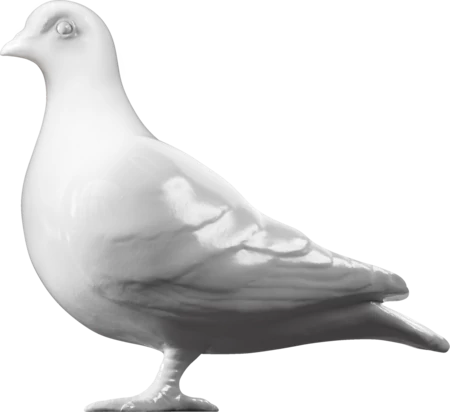Post-Medieval — Early 16th century
Bartmann jug
Stonewares are characterized by a fully fused fabric, with no visible inclusions. The clay is fired to a very high temperature of around 1200 to 1300 decgrees celsius, which renders the fabric impervious to water. Cologne stoneware is characterized by its grey or pinkish-grey fabric and salt-glazed surface. Stonewares with an applied mask of a bearded-man (Bartmannkrugs) appear in the first decades of the 16th century in the Cologne workshops. These early versions have very large masks (often covering two-thirds of the body); the faces characteristically shown with benign features and full-flowing, curling beards. Additional decoration in the form of vine leaves and other devices are common. cf. 28.112/2. Of the 11 workshops in Cologne established by 1536 only four remained active by the mid-century: Maximinenstrasse, Eigelsteinstrasse, Komodienstrassed and Streitzeuggasse (Streitzeug Lane). These potteries tended to specialize and it seems that the Streitzeuggasse workshops focussed primarily on the production of Bartmannkruge with portrait and animal head medallions and other decorations. By the end of the 16th century production in Cologne had fallen into decline, but the bartmann style was so popular that it was copied in the Raeren and Frechen potteries.
- Category:
- Post-Medieval
- Object ID:
- 6317
- Object name:
- Bartmann jug
- Object type:
- Artist/Maker:
- —
- Related people:
- Related events:
- Related places:
- Production date:
- early 16th century
- Material:
ceramic, stoneware
- Measurements/duration:
- H 138 mm, W 105 mm (overall)
- Part of:
- —
- On display:
- —
- Record quality:
- 40%
- Part of this object:
- —
- Owner Status & Credit:
Permanent collection
- Copyright holder:
digital image © London Museum
- Image credit:
- —
- Creative commons usage:
- —
- License this image:
To license this image for commercial use, please contact the London Museum Picture Library.

